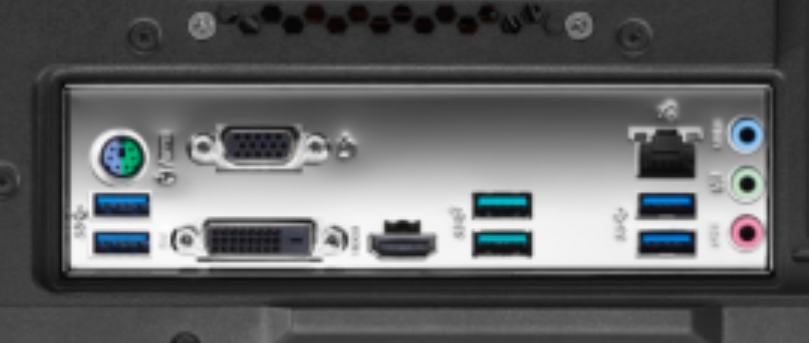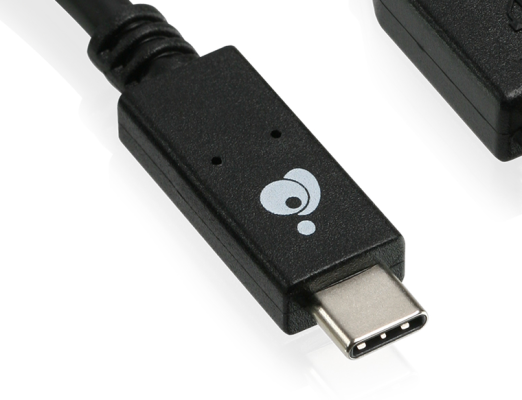- Joined
- Apr 13, 2011
- Messages
- 114
- Motherboard
- MSI B250 PC MATE
- CPU
- i5-7500
- Graphics
- RX 560
- Mac
- Mobile Phone
I worked on the OpenCore installation guide. Now I'm about to fix USM mapping, but I have some ambiguities, although I received valuable guidance in a previous case. I only had one USB controller there, but here, I think there are two USB controllers. ( IOREG_XHC.png). To detect the USB ports I used the Tonymacx tutorial, using two USB sticks, respectively, for USB 3.x and for USB 2.0. The layout of the USB ports is as follows: 6 ports are on the back panel and 2 on the front panel. Using the Hackintool application, the USB tab, I got a table (Hackintool_USB_table.png). I removed the inactive ports in this photo. I also want to post a physical diagram of the ports. I apologize to you, the diagram is drawn by hand, so it's crooked. (You already see that). As a result, I listed USBPorts.kext and SSD-EC-USBX.aml. I then synthesized the data and came to the conclusion: XHC0 ports are: PRT1, with both USB 3 and USB2 port, so it has 2 ports.
PRT2, with both USB 3 and USB 2 port, so it has 2 ports.
PRT3, only a USB 2 port .................................. 1 port.
PRT4, only a USB 2 port .................................. 1 port.
PRT7, only a USB 3 port ...................................1 port.
and PRT8, only a USB 3 port .................................. 1 port
TOTAL.................................................................. 8 ports.
Now I count also: PTXH which has the following ports:
POT1, a single USB 3 port................................. 1 port
POT2, a single USB 3 port................................. 1 port
POT3, a single USB 3 port................................. 1 port
POT4, a single USB 3 Type-C port....................... 1 port
POT5, a single USB 2 port................................. 1 port
POT6, a single USB 2 port................................. 1 port
POT7, a single USB 2 port................................. 1 port
TOTAL.................................................................. 7 ports.
But PTXH also has two more internal ports:
PO12, for ITE Device (8910)...............................1 port
PO14, for Buletooth Radio...................................1 port.
So, when I add up the sums of the ports, I get this: 8+7+2==17 ports. Is it correct to get a USBPorts.kext with 17 ports? Can the two controllers, XHC0 and PTXH be considered separately and can all the 17 ports be added like this? Or do I have to give up two ports? This is my problem.
After solving this problem, I read that I have to perform the necessary memory management in the case of AMD, and here I am like a blind man in a porcelain store, that is, I will need massive help.
PRT2, with both USB 3 and USB 2 port, so it has 2 ports.
PRT3, only a USB 2 port .................................. 1 port.
PRT4, only a USB 2 port .................................. 1 port.
PRT7, only a USB 3 port ...................................1 port.
and PRT8, only a USB 3 port .................................. 1 port
TOTAL.................................................................. 8 ports.
Now I count also: PTXH which has the following ports:
POT1, a single USB 3 port................................. 1 port
POT2, a single USB 3 port................................. 1 port
POT3, a single USB 3 port................................. 1 port
POT4, a single USB 3 Type-C port....................... 1 port
POT5, a single USB 2 port................................. 1 port
POT6, a single USB 2 port................................. 1 port
POT7, a single USB 2 port................................. 1 port
TOTAL.................................................................. 7 ports.
But PTXH also has two more internal ports:
PO12, for ITE Device (8910)...............................1 port
PO14, for Buletooth Radio...................................1 port.
So, when I add up the sums of the ports, I get this: 8+7+2==17 ports. Is it correct to get a USBPorts.kext with 17 ports? Can the two controllers, XHC0 and PTXH be considered separately and can all the 17 ports be added like this? Or do I have to give up two ports? This is my problem.
After solving this problem, I read that I have to perform the necessary memory management in the case of AMD, and here I am like a blind man in a porcelain store, that is, I will need massive help.








